Fire Soot Removal Services
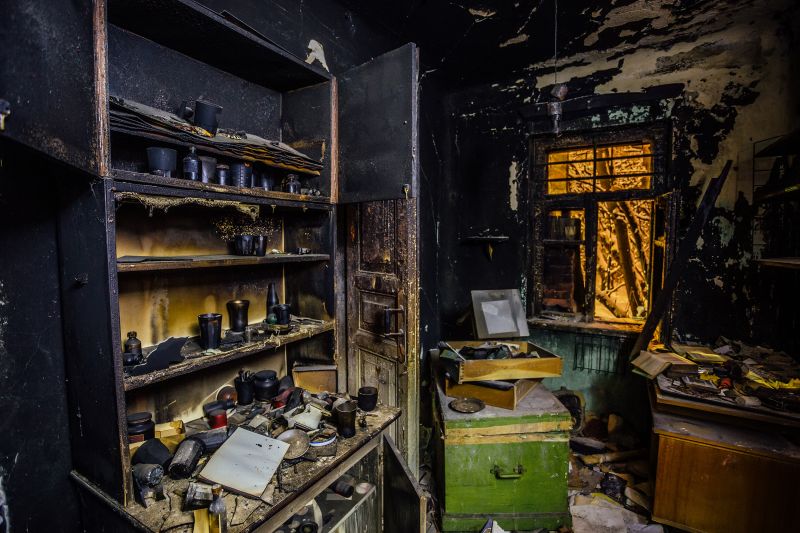
Immediate removal after a fire minimizes soot damage and prevents further contamination.
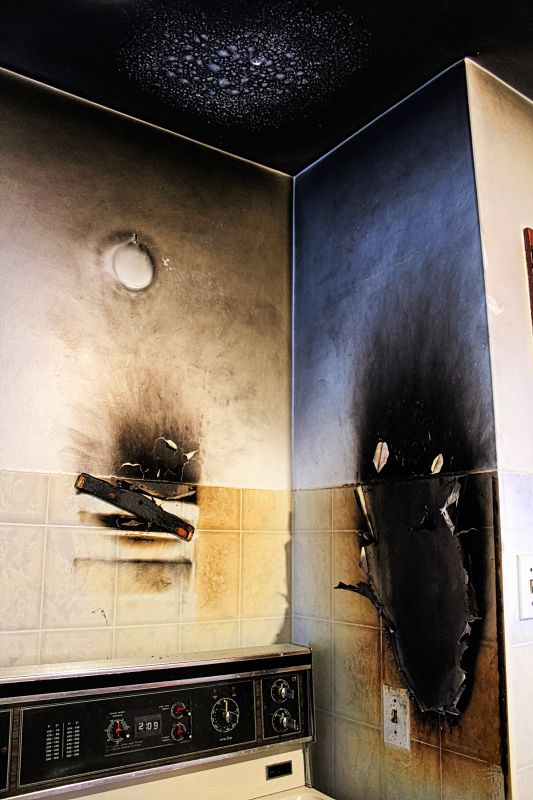
Performing soot removals during dry periods helps ensure effective cleaning and reduces moisture-related issues.
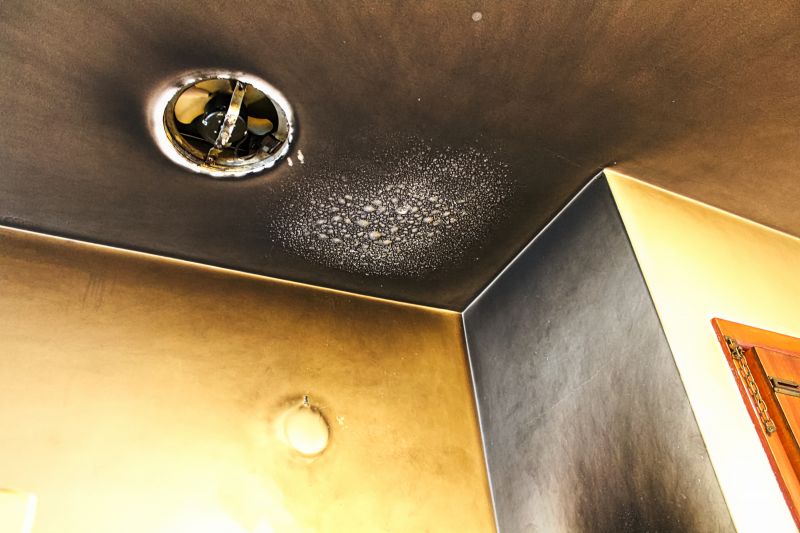
Scheduling before rain or high humidity prevents soot from spreading or setting into surfaces.
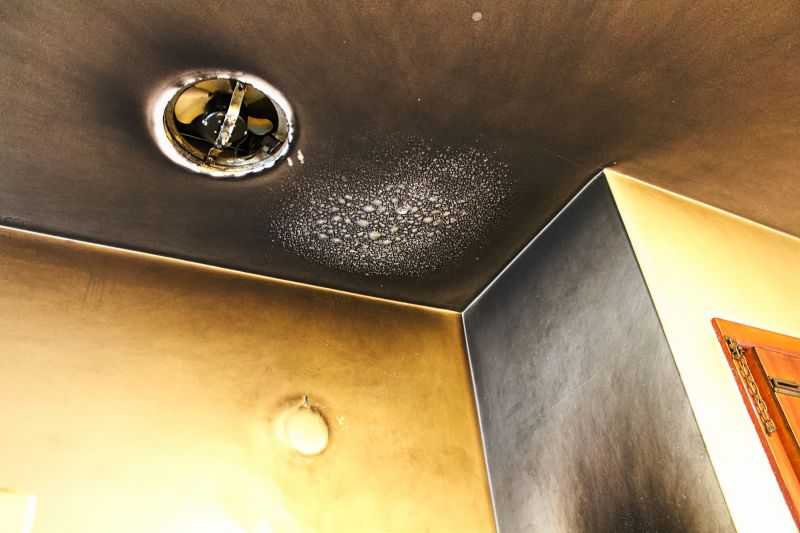
Ways to make Fire Soot Removals work in tight or awkward layouts.
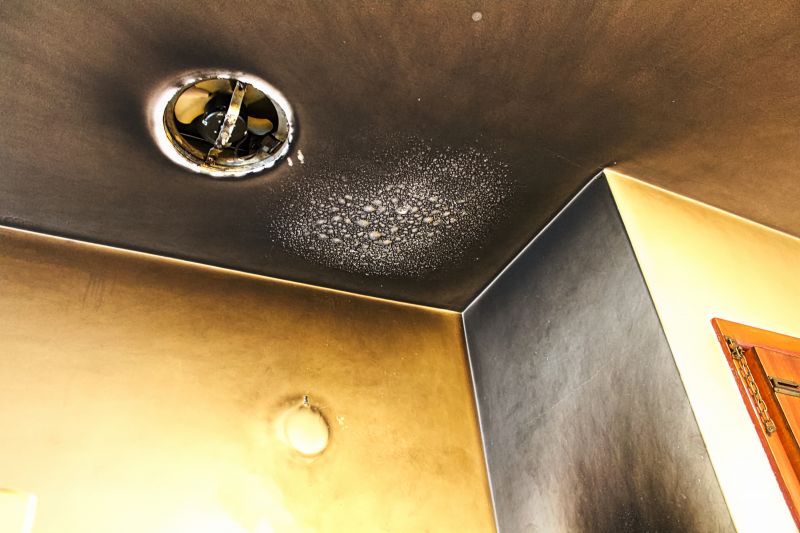
Popular materials for Fire Soot Removals and why they hold up over time.
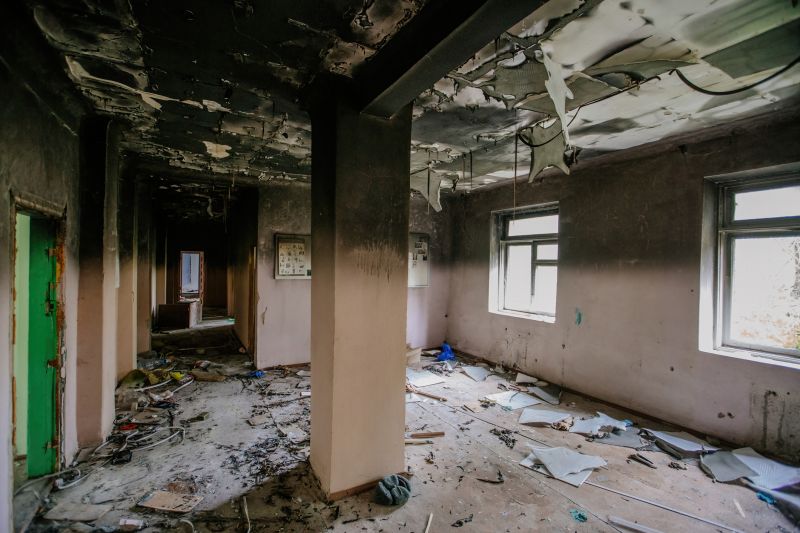
Simple add-ons that improve Fire Soot Removals without blowing the budget.
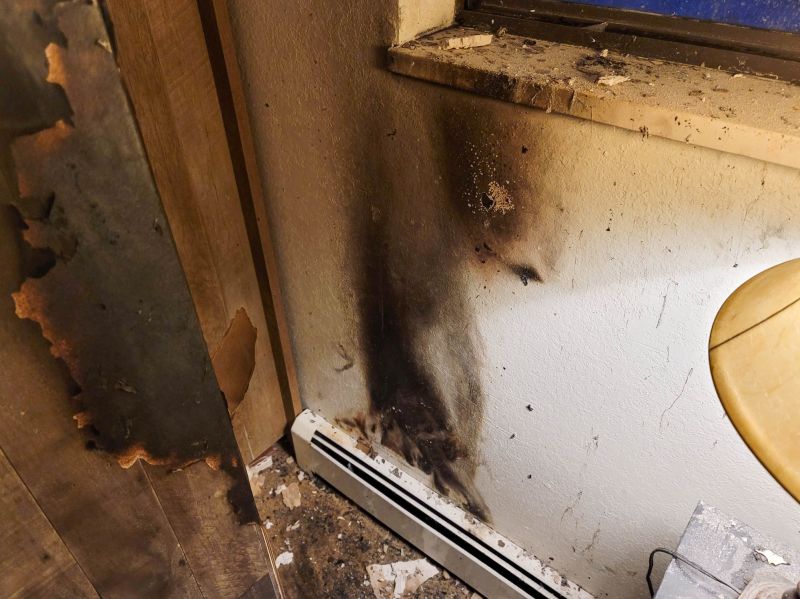
High-end options that actually feel worth it for Fire Soot Removals.
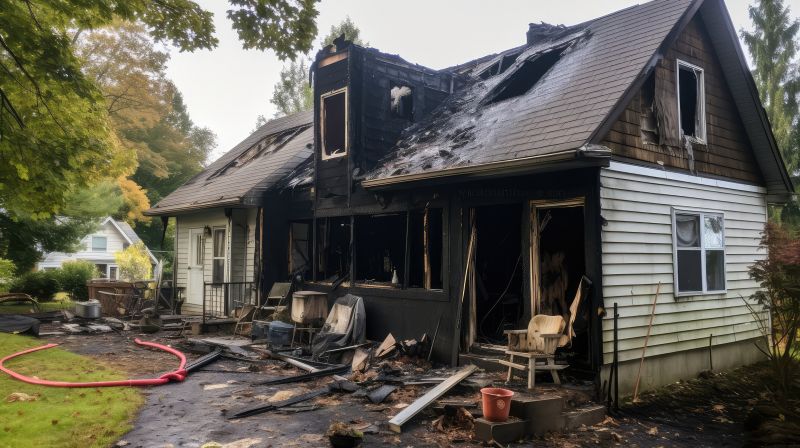
Finishes and colors that play nicely with Fire Soot Removals.
Fire soot removal is a critical process that involves cleaning residual soot, ash, and smoke damage from affected surfaces. The timing of these services can influence their effectiveness and the extent of damage prevention. Prompt action following a fire can significantly reduce long-term cleaning costs and help restore the property more efficiently.
Statistics indicate that immediate soot removal can decrease the risk of permanent staining by up to 70%. Additionally, scheduling during optimal weather conditions ensures better results and minimizes the likelihood of soot spreading to unaffected areas. Proper timing also helps prevent secondary issues such as mold growth due to lingering moisture.
Early intervention reduces health risks and prevents soot from penetrating deeper into surfaces.
Weather conditions like humidity and temperature influence soot adhesion and removal efficiency.
Timely soot removal preserves property value and minimizes future repair costs.
Coordinate with professionals to identify the best window for effective cleaning based on specific circumstances.
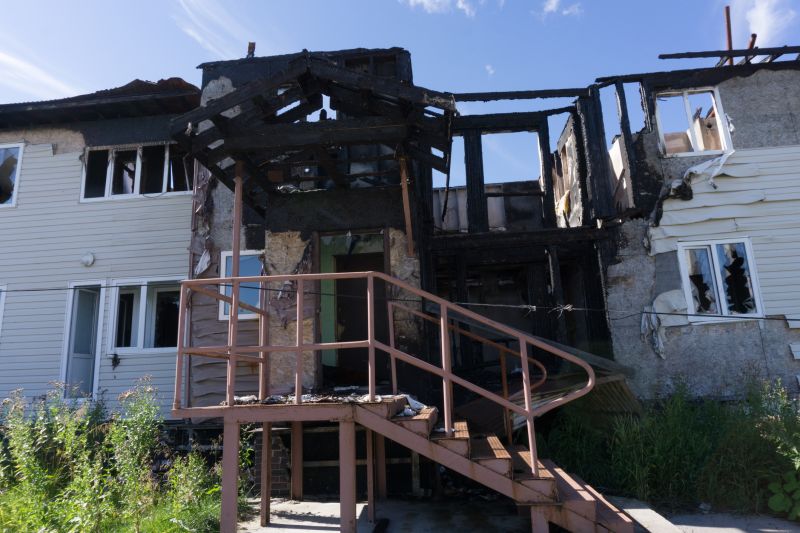
Professional evaluation determines the extent of soot contamination.
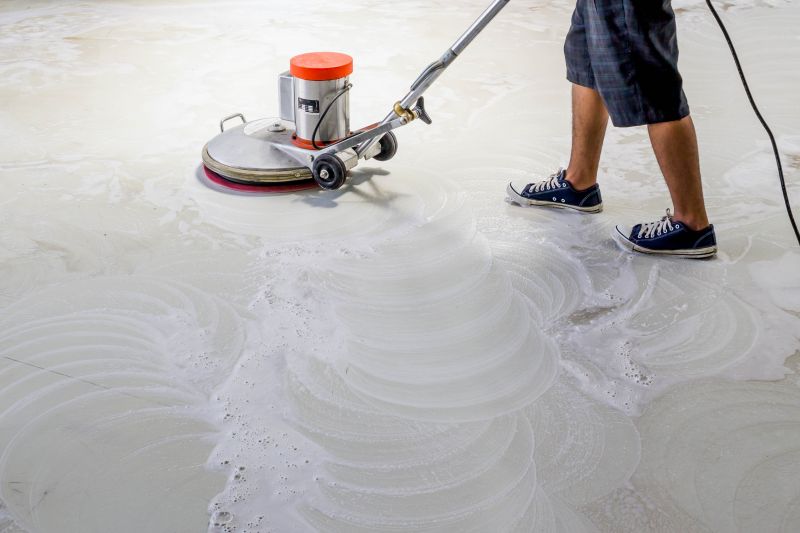
Advanced tools facilitate thorough soot removal during optimal timing.
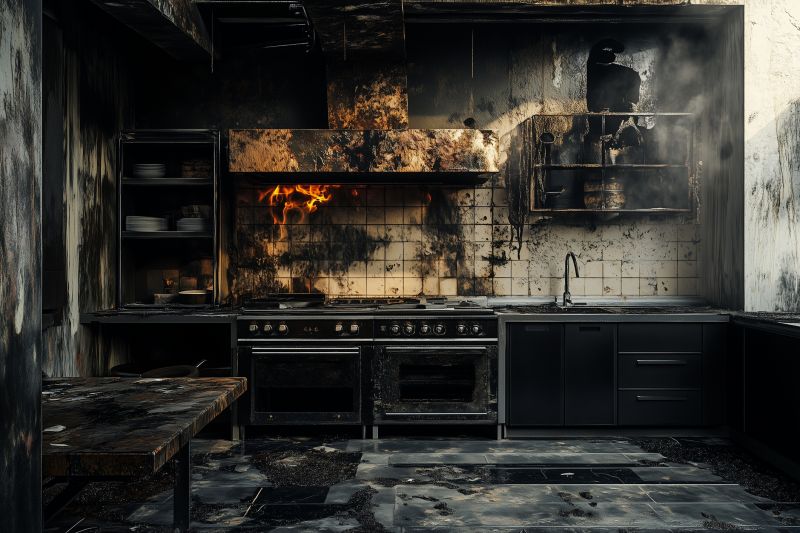
Initial state of surfaces prior to soot removal process.

Technicians applying specialized cleaning agents and methods.
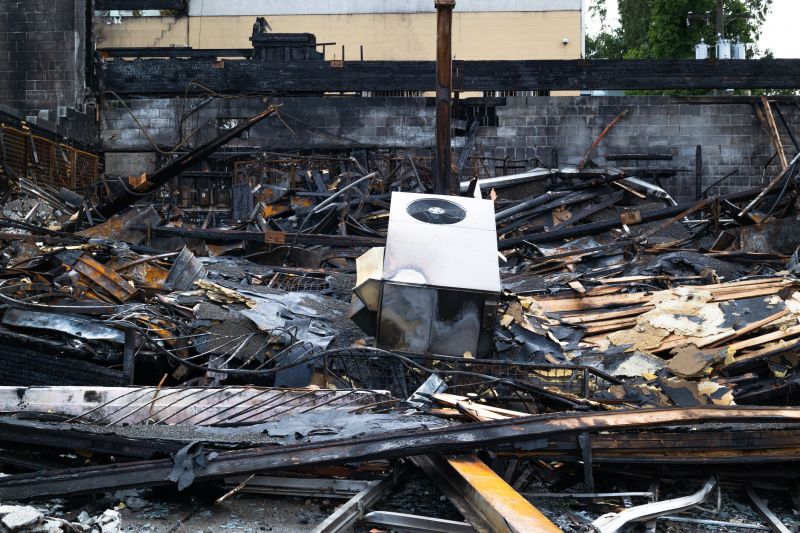
Assessment of soot removal effectiveness after services.
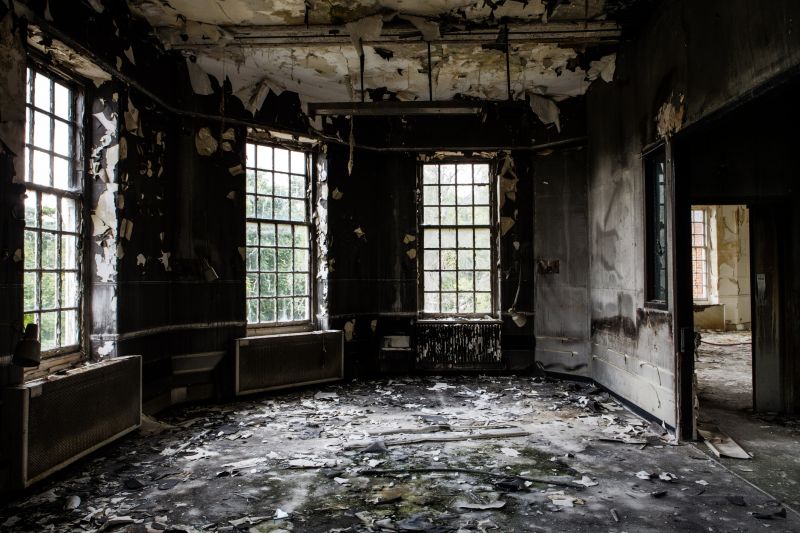
Spaces after successful soot removal and cleaning.
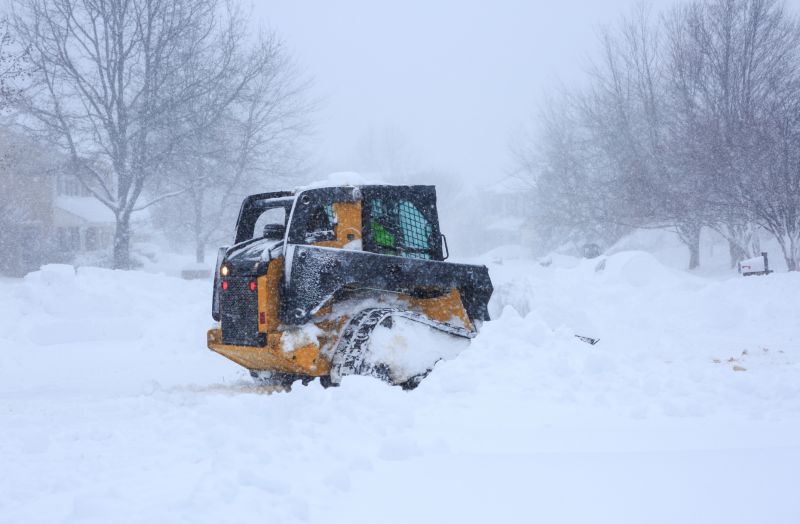
Images showing effects of weather on soot removal timing.
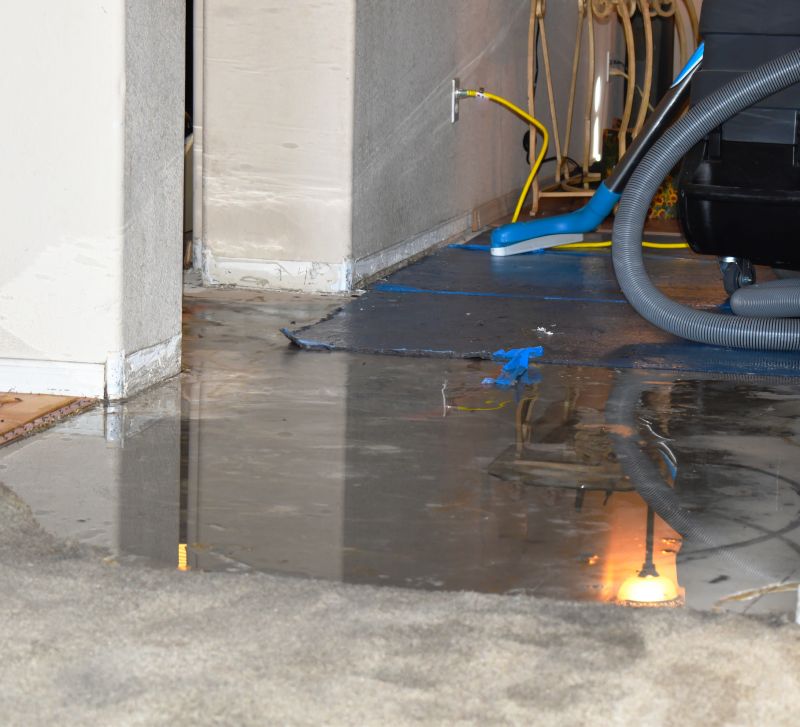
High-efficiency vacuums, scrubbers, and air purifiers.
| Timing Factors | Impact on Soot Removal |
|---|---|
| Immediate Post-Fire | Reduces soot penetration and prevents surface staining. |
| Dry Weather | Enhances cleaning effectiveness and surface drying. |
| Pre-Rain Periods | Prevents soot from spreading or setting into surfaces. |
| High Humidity | May hinder soot removal and promote mold growth. |
| Seasonal Timing | Affects accessibility and effectiveness of cleaning methods. |
| Weather Forecast | Planning around forecasted conditions optimizes results. |
Understanding the optimal timing for fire soot removals can significantly influence the quality of cleaning and restoration. Immediate action, combined with favorable weather conditions, ensures surfaces are thoroughly cleaned, reducing the risk of permanent damage. Proper scheduling also minimizes secondary issues such as mold growth and structural deterioration.
Property owners are encouraged to consult with fire damage professionals to determine the best window for soot removal services. Early intervention and strategic timing are key to effective cleaning and long-term preservation of the affected areas.
Interested parties are encouraged to contact for more information or to schedule a consultation regarding fire soot removal services. Proper timing can make a significant difference in the outcome of the restoration process.
